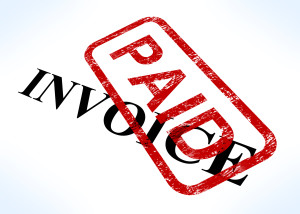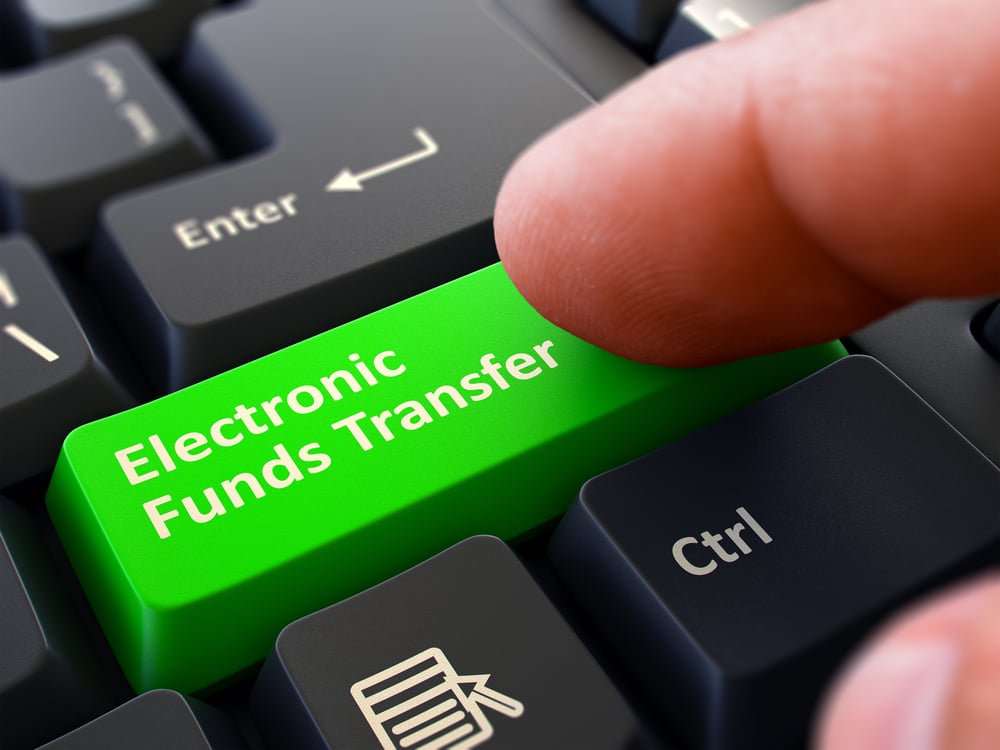 Asking customers to pay past due or soon due invoices can be similar to asking a small child to do something. The responses fall into five general categories: “I will do it,” “I can’t do it,” “I won’t do it,” “I don’t want to do it,” “You can’t make me do it.”
Asking customers to pay past due or soon due invoices can be similar to asking a small child to do something. The responses fall into five general categories: “I will do it,” “I can’t do it,” “I won’t do it,” “I don’t want to do it,” “You can’t make me do it.”
The first and probably most common reason your customer isn’t paying is that the customer is willing to pay but hasn’t done so because of an honest mistake. Such mistakes include misplacement of the invoice; a failure by the approver to processes the invoice; accidental omission of the invoice during the payment run; and entered incorrect entering of the invoices. It’s important to remember that this is a highly common reason for non-payment. Because of that, all collection strategies should start with the default approach of helping your customer say “I will do it.”
The easiest way to help a customer to say “I will do it” is to remind them before the bill is due. The reminder sent before the due date can help avoid the lost invoice or the missing approval. This is a gentle reminder and phrased as assistance to the customers to make sure they can fulfill their obligations on time.
Don’t forget the positive reinforcement for customers that respond with the “I will do it” action. A short email to thank a customer for an on-time payment or a rapid late-payment process can influence future behavior and save collection time and money on other transactions.
Unfortunately, customers that truly can’t pay their bills will rarely let you know until the bankruptcy papers are filed. Some of those customers never intended to pay the bill and should never have been granted credit by your company. If this is common in your business or in your industry, here are some ways to control the risk: require COD terms for new accounts; pay sales commissions only on paid invoices; require low credit limits; and demand deposits on large orders and credit applications that have references with them.
Some customers intend to pay, but circumstances change and payment becomes impossible. The closer your relationship with the customer, the less likely you will be stymied by changing circumstances. In addition to your customer relationship, consider creating a relationship with your customer’s other vendors. This may give you advance warning and help protect you from being the last to know.
A customer that won’t pay you is usually using your money to finance their business. They have the cash flow to pay, but would rather use the money to expand their business. This type of customer can be influenced by positive incentives or negative consequences.
Positive incentives can take the form of prompt payment discounts. This incentive should be used with caution. The traditional “2/10 net 30″ terms carry an effective annual interest rate of 36.7% paid by the company offering the discount. Is a payment made 20 days earlier than normal worth that sort of interest rate?
Negative consequences typically take the form of penalties and interest. Much like dealing with a 5-year-old, consistency is the key to avoiding negative consequences. If you threaten penalties and interest, it is imperative to follow through. The lack of follow- through convinces the customer that the consequences are not real and there is no change to behavior.
A customer that does not want to pay usually bases that decision on a negative experience or impression. They are not satisfied with the goods or service provided by your company, or they are unhappy with the delivery. These customers should be treated like a new prospect. With the right approach, they will pay all or part of the current receivable and become a promptly paying customer in the future. With the wrong approach, they will refuse to pay as long as possible to make up for the perceived lack of value in the good or service.
The last type of late paying customer is under the impression that you have no leverage to make the customer pay on time. If your company has a functional working relationship with this type of customer, a threat of withholding future goods and services may be enough to move this customer into the “will do it” category. If not, liens or lawsuits may be necessary to move the payment forward.








